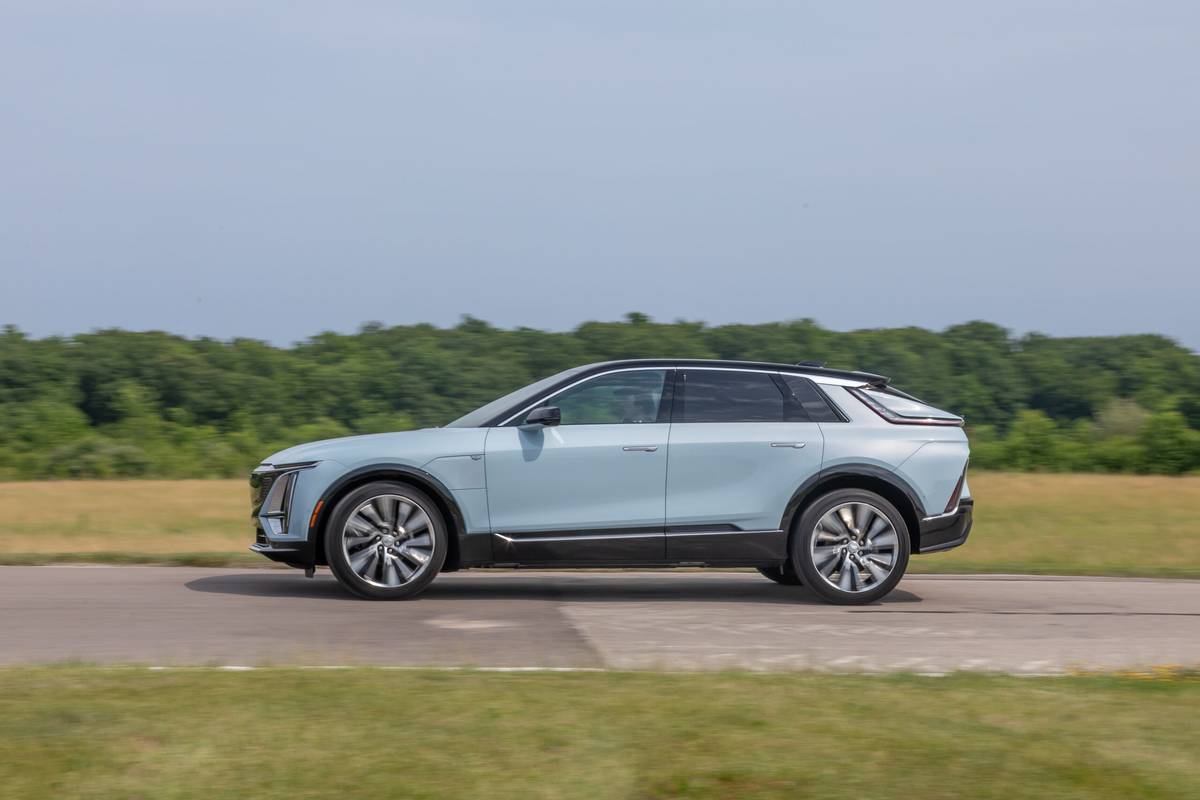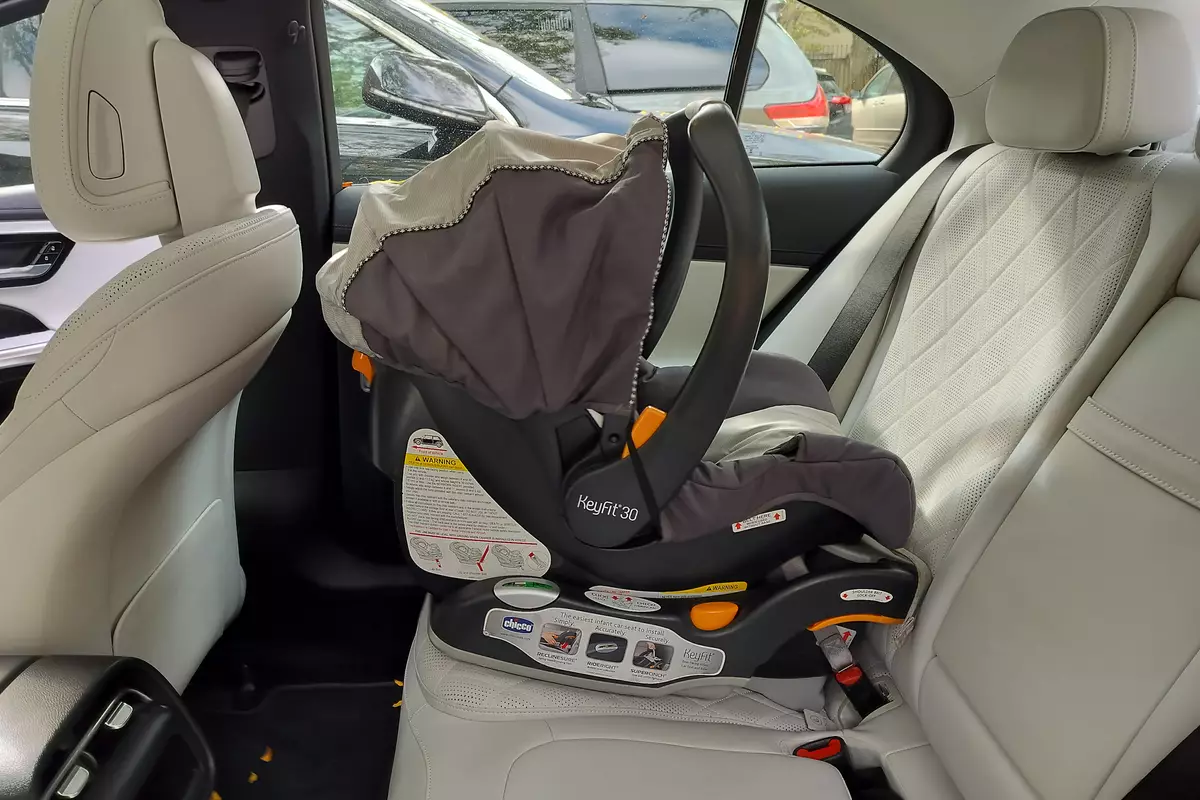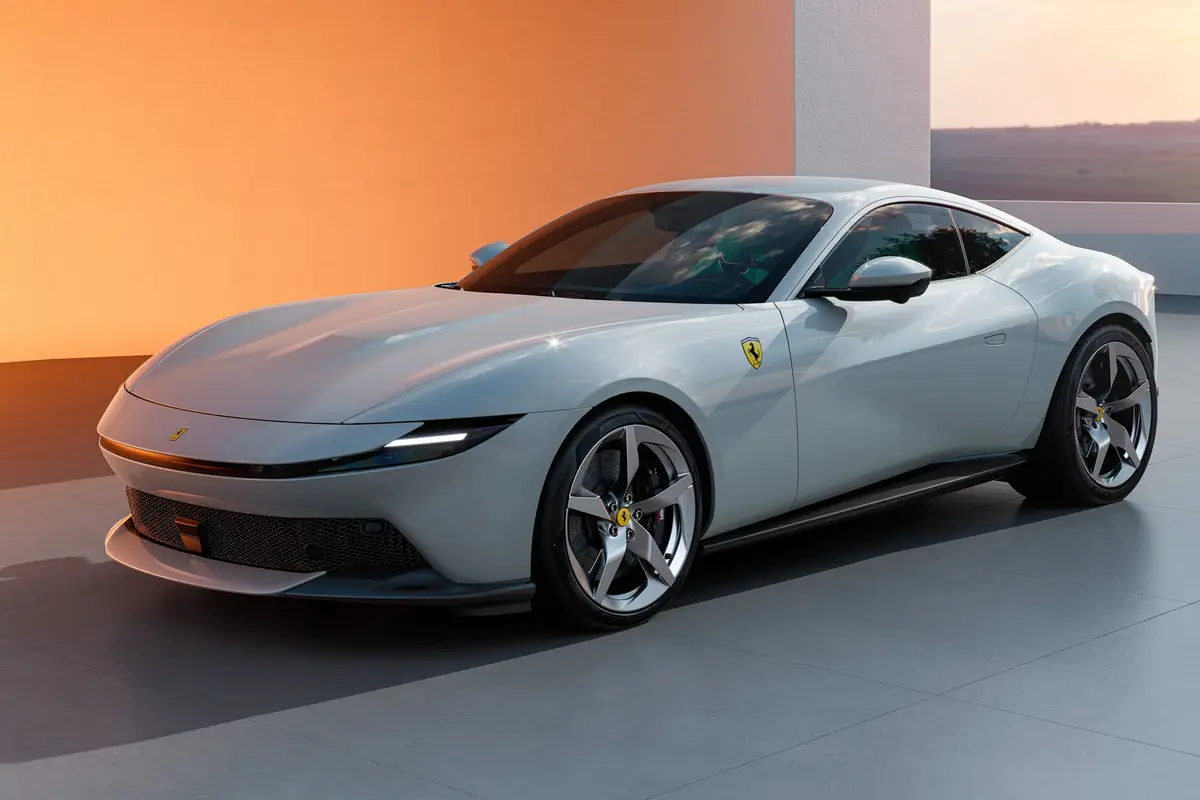washingtonpost.com's view
I once traveled the Continental Divide Trail from Durango, Colo., to Chama, N.M. It was a challenging off-road trip in a Land Rover Range Rover. But this week’s test vehicle, the 2007 Jeep Wrangler Rubicon, would have handled the journey just as well at a substantially lower equipment cost.
The Wrangler Rubicon is not for everyone, just as California’s Rubicon Trail, for which this Wrangler is named, isn’t for everyone.
Off-road vehicles on the Rubicon Trail, about 12 miles from Loon Lake to Lake Tahoe, travel tortuous terrain, long regarded as the most difficult in North America for people who love pitting themselves and their four-wheel-drive machines against Mother Nature.
It is an odd contest in which the only “victory” for man and machine is survival — leaving the trail with body and vehicle intact.
If you are not a fan of off-road motoring excursions, if you are unwilling to accept risks in pursuit of the joys of such trips, you will never appreciate or understand vehicles such as the Wrangler Rubicon, the winner of 4 Wheel & Off-Road magazine’s 2007 4×4 of the Year award.
It is a matter of culture, one distinctly different from daily urban life in which the primary concern of many drivers is miles per gallon. Out there on the Rubicon Trail, or along the high, narrow passes of the Continental Divide with its numerous rock-strewn and switchback roads, the major vehicle concern is prowess — the ability to keep rolling, however slowly or cautiously, over or around obstacles that could turn an outing into a funeral or a lengthy hospital stay.
It is of little use to ask why people choose such adventures. The fact is that they do it and enjoy it, as evidenced by the 400,000 who subscribe to 4 Wheel & Off-Road. The Wrangler Rubicon helps them to do it better — with more reliability and safety — than most other sport-utility models priced under $30,000.
In that regard, the Wrangler Rubicon’s strengths constitute its primary weaknesses in routine city-suburban commuting, where it is least efficient, least comfortable, and generally less than enjoyable.
For example, consider the Wrangler Rubicon’s suspension system. It uses live axles front and rear. A live axle is one of two kinds of beam axles. Live axles contain drive shafts that transmit power to drive wheels. Another type of beam axle, a dead axle, transmits no power.
Beam axles are simple, relatively inexpensive to install, and usually tough. They are good for carrying heavy loads and taking the abuse generally encountered in off-road travel. They are lousy for pavement driving, where their ruggedness often translates to a brutally bumpy ride.
I have driven the Wrangler Rubicon and other four-wheel-drive models in a number of off-road venues where I fell in love with their brawling personalities. But my assistant, Ria Manglapus, got the assignment to drive the Wrangler Rubicon in regular city-suburban commuting, during which she took a daily motorized beating.
“It was so bumpy, it made me feel like I was driving in Manila,” said Ria, a native of the Philippines.
She had other complaints: “There was a lot of play in the steering wheel,” which meant that handling at expressway speeds was sometimes dicey. “The headrests in the back seats are so big, they limit rearview vision.” Also, according to Ria’s notes, getting in and out of the Wrangler Rubicon wasn’t always easy.
I almost felt sorry for her. But life is tough, and it’s historically tougher on assistants. But she got the final laugh. She handed me the bill for filling the Wrangler Rubicon’s 18.6-gallon tank with regular unleaded gasoline: $48.
Latest news



